Blog Detail
Table of Contents

Wireless Interpretation System: An Essential Tool for Churches and International Schools
- Justin
- May 21, 2024
- 0 Comments
In an increasingly globalized world, effective communication between people of different languages is crucial. Whether in multicultural churches or international schools, a wireless interpretation system plays a vital role in ensuring that every participant can understand and engage fully. In this blog, we will explore the application of wireless interpretation systems in these contexts, highlighting the essential features of these wireless tour audio guide systems.
Importance in Churches
Churches, especially those located in diverse urban areas, often host members from various linguistic backgrounds. To ensure that the sermon or announcements are understood by everyone, a wireless interpretation system is indispensable. With a stable signal and clear sound quality, these systems transmit the voice of the preacher or speaker clearly, without loss of quality, which is essential for maintaining audience engagement and understanding.
Modern interpretation systems, with their multi-channel transmitters, allow multiple interpreters to translate simultaneously into different languages without interference. Thus, worshippers speaking various languages can all follow the service at the same time, creating a more inclusive and harmonious atmosphere. Here, you can click wireless interpretation system to learn more.
An Asset for International Schools
International schools host students and teachers from different parts of the world, often with significant language barriers. A portable wireless interpretation system facilitates communication during classes, parent-teacher meetings, and other school events. By providing real-time translation, these wireless interpretation systems ensure that every participant understands the information shared, which is crucial for an effective educational environment.
A major advantage of wireless interpretation systems is their long working distance. This allows participants to spread out comfortably in the room without feeling crowded, which is particularly useful during large school gatherings. Additionally, the long standby time of these portable simultaneous translation systems makes them perfect for long-term translation activities, eliminating concerns about low battery throughout the school day.
Essential Technical Features
Stable Signal and Clear Sound Quality
One of the most important features of a wireless interpretation system is signal stability and sound clarity. These systems are designed to transmit the speaker’s voice without distortion, ensuring that every word is heard clearly by the audience. This is especially crucial in contexts where information accuracy is essential, such as during religious sermons or educational classes.
Multi-Channel Transmitters
Multi-channel transmitters are another key feature. They allow the management of multiple parallel translations without interference. In an international school, for example, this enables translations into several languages simultaneously, ensuring that all students, regardless of their native language, can follow the lessons without issue.
Long Working Distance
The long working distance of portable interpretation systems for churches or schools offers considerable flexibility by allowing users to move freely without signal loss. This feature is particularly advantageous in churches and large classrooms, where it is important for participants not to feel crowded.
Long Standby Time
Finally, the long standby time of wireless interpretation systems makes them ideal for extended use. Whether for a religious service that spans several hours or a full day of classes, these systems can operate without interruption, ensuring a hassle-free experience for both interpreters and listeners.
Conclusion
The wireless audio interpretation system is an indispensable tool for multicultural churches and international schools. With features such as a stable signal, clear sound quality, multi-channel transmitters, long working distance, and long standby time, these systems ensure effective and inclusive communication. By adopting these technologies, churches and schools can offer an enriching and understandable experience to all their members, regardless of language barriers.


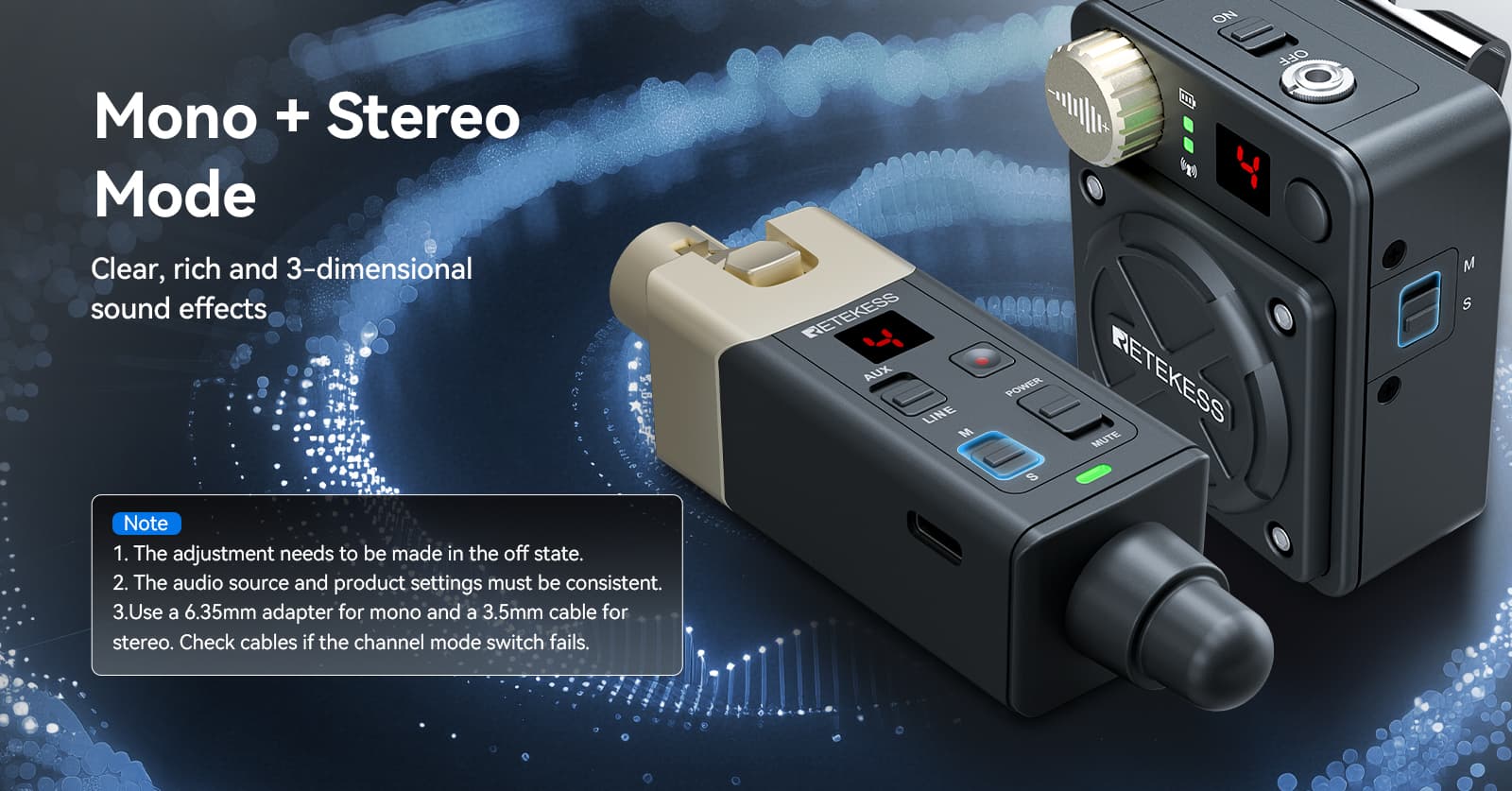


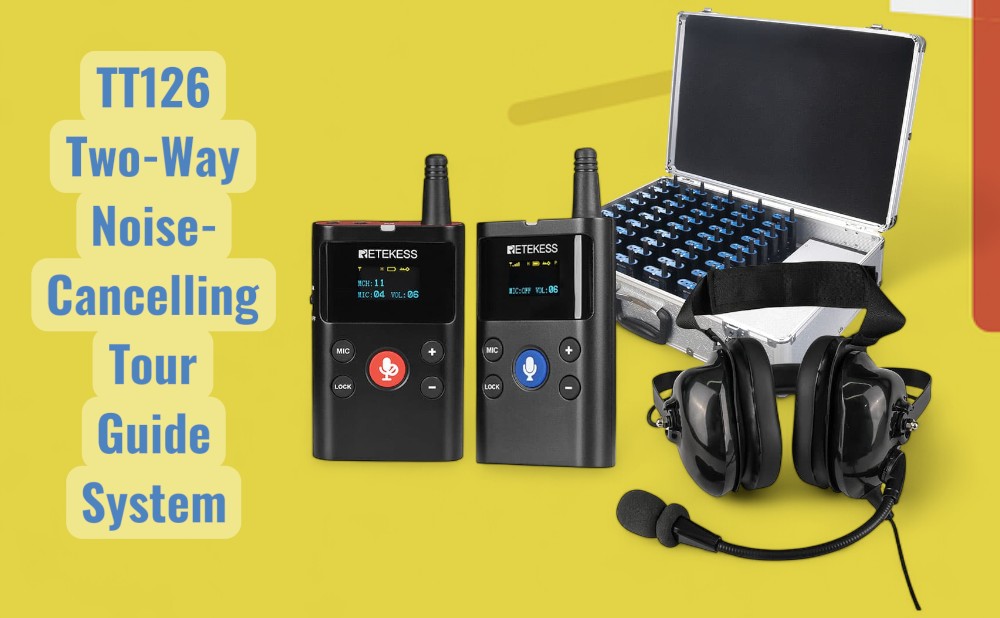



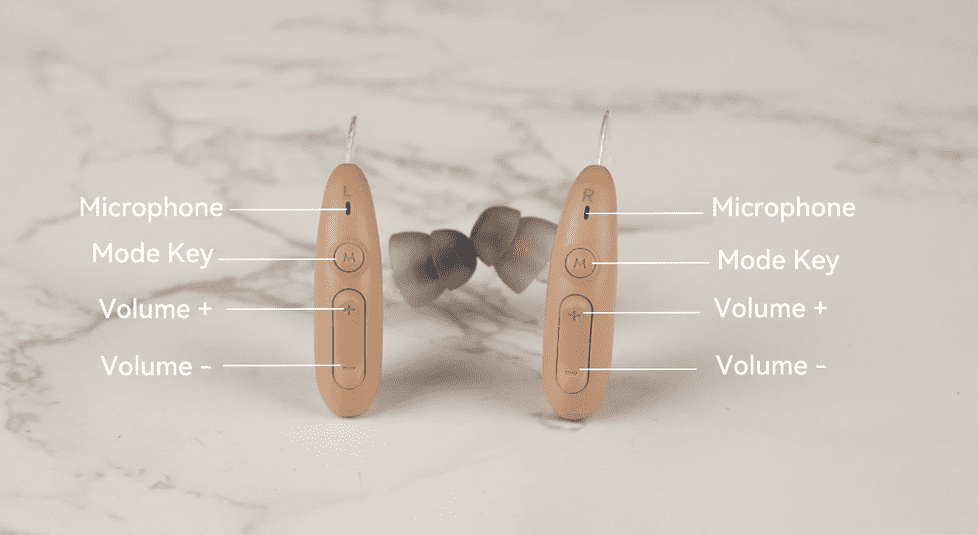
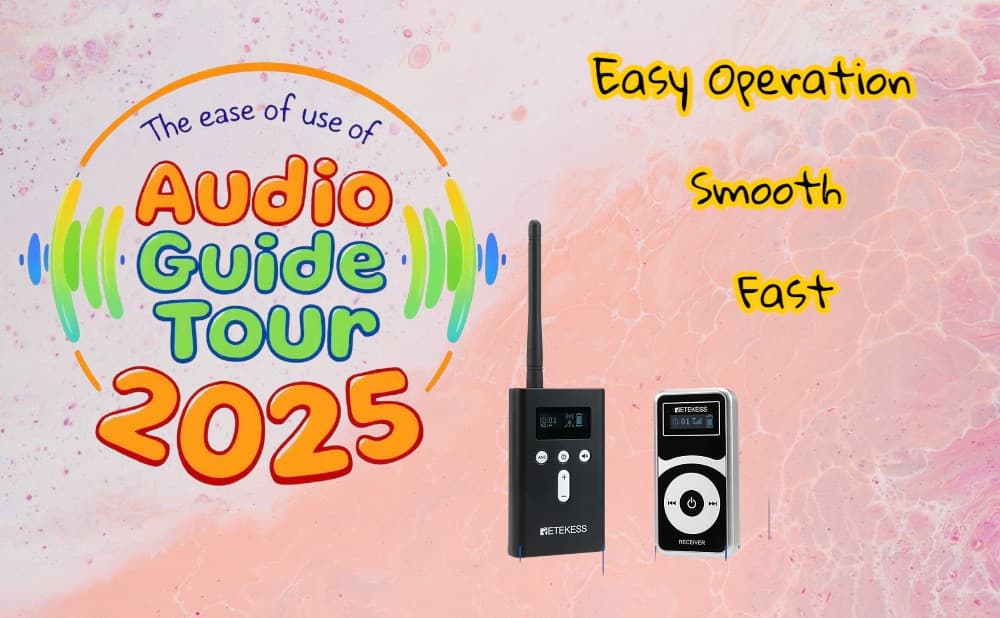
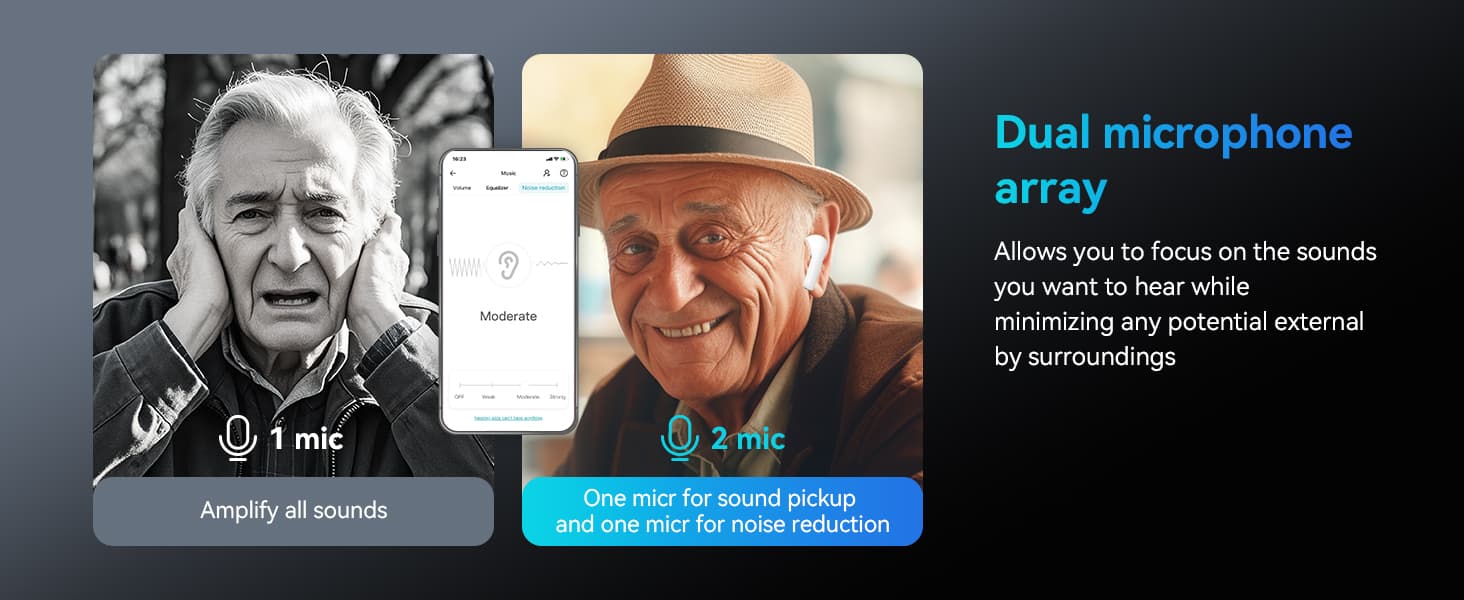



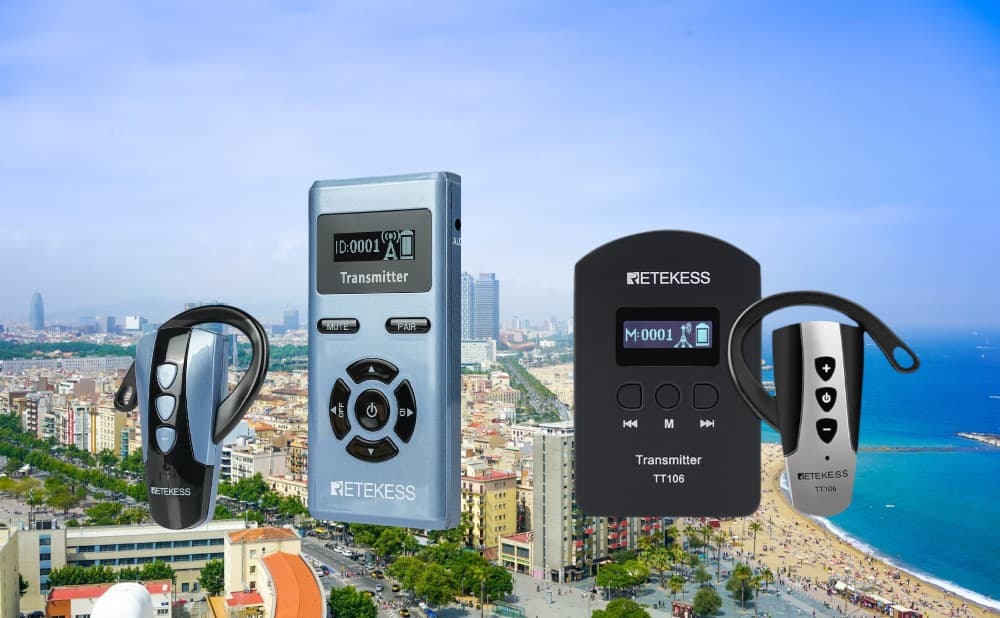
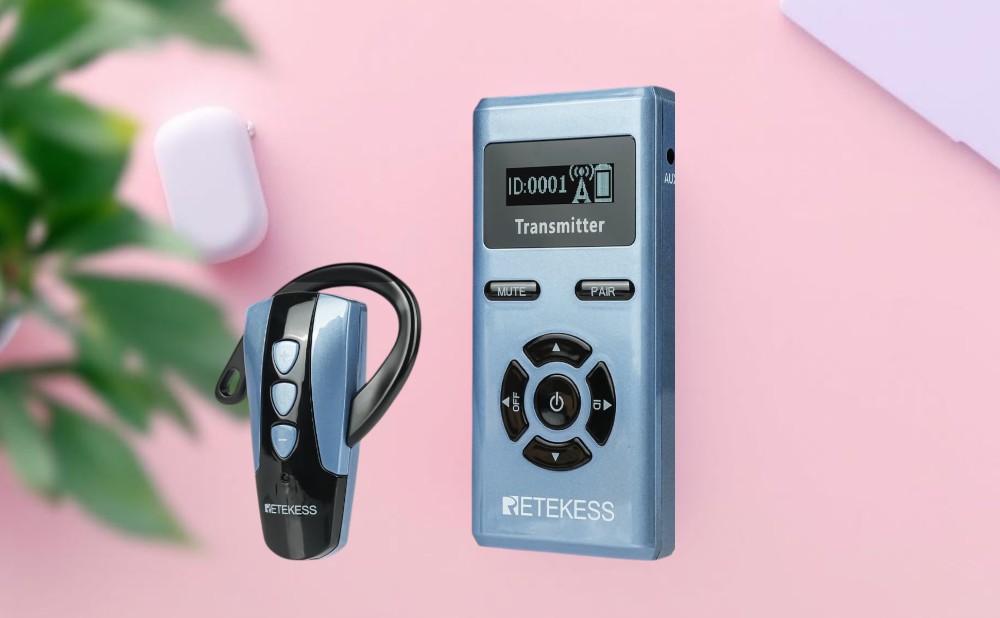





Comments (0)